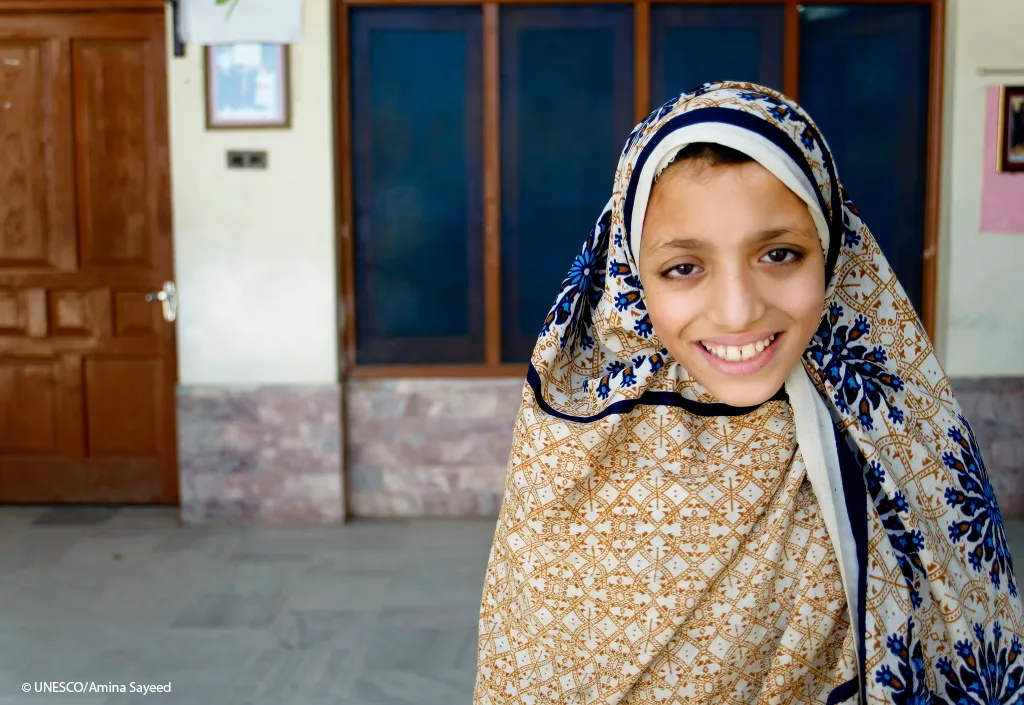Primary School Girls’ Drop Out in Pakistan: A Diagnosis of Root Causes and Policy Alternatives
In this cross-posted blogpost, originally published by UNESCO’s Global Education Monitoring Report here, Aisha Naz Ansari and Sajid Ali discuss factors contributing to primary school girls’ dropout in Pakistan and present policy recommendations to improve girls’ primary school completion.
At present, a little over half of girls complete primary school on time in Pakistan, according to the VIEW website. In Sindh Province, especially, only one third of the primary school-age population is enrolled; only half of those enrolled progress to lower secondary school. This article investigates the root causes of their dropouts and presents policy solutions to consider. The detailed report has been published at the GPE library.
To conduct a deeper analysis of the underlying factors impeding girls’ primary completion, we focused on Dadu and Larkana, two rural districts in Sindh Province. School Education Management Information System data from 2020 and 2021 was used for the analysis. The data do not include private schools. In these two districts, boys are 20% more likely to be enrolled in, and 10% more likely to complete, primary school than girls.
Our analysis was supported by an adaptation of UNESCO IIEP’s policy diagnostic tool for school completion to identify the bottlenecks affecting low primary school completion rates and propose policy alternatives.
Factors contributing to dropout appear on both the demand and the supply side. On the demand side, socio-economic, ethnic, and cultural barriers are the factors; on the supply side, school location, distance, transportation, facilities, and teacher recruitment and retention need addressing. For the sake of brevity, the two most significant contributing factors were elaborated further. On the demand side, the lack of safety and security; on the supply side, the shortage of female teachers.
Addressing the lack of safety and security within schools
This challenge is a prominent concern for parents, students, and teachers. Approximately 50% of schools do not have boundary walls. Local culture considers chaddar (head cover for girls) and char deewari (boundary walls of the home) as essential protective covers, both symbolically and materially. Since students spend a substantial amount of time in schools, parents prioritise protection within school premises.
The frequent incidents of crime against girls have created a sense of mistrust among parents and females, including students and teachers. A preference for schools with boundary walls is driven by the need for female safety and security. To address this concern, the proposed policy solution is to guarantee well-functioning buildings with boundary walls and to encourage the community around schools to share the security responsibility for girls.
Addressing the shortage of female teachers
Although provincial data show that female teachers comprise half of the teaching force in Sindh, there are only one-third of all teachers in these two districts. This shortage of female teachers hinders parents from sending their daughters to school due to cultural barriers and concerns.
The importance of female teachers for girls’ enrolment and completion can be illustrated by the example of a Pakistani educational foundation, which operates mainly in rural areas and slums. Its work focuses on providing female teachers even in remote areas by providing safe transportation for female teachers. Primary schools in rural settings provide few incentives for females, as there is no security, no housing, and no transport.
Our research argues in favour of village-based internships to female secondary school graduates in their respective localities as a relevant policy solution. Promising interns can subsequently be hired with the condition that they complete their educational qualifications. Further incentives could be provided in the form of transport facilities, ongoing learning opportunities and sponsorship of their professional qualification acquisition. This can provide a good set of incentives for females to join particularly in rural settings.
There is an urgent need to improve girls’ primary school completion given their intense marginalisation. It is noteworthy that, despite their disadvantages, girls are performing better in learning assessments. There can be an economic argument made here for policy makers. These enrolment, completion, and achievement patterns need serious attention to retain our female students who not only fight for their basic educational rights but also prove their commitment to learning.
About the Authors:
Aisha Naz Ansari, Research Associate, Aga Khan University
Dr Sajid Ali, Associate Professor and Director, Research and Publications, Aga Khan University

